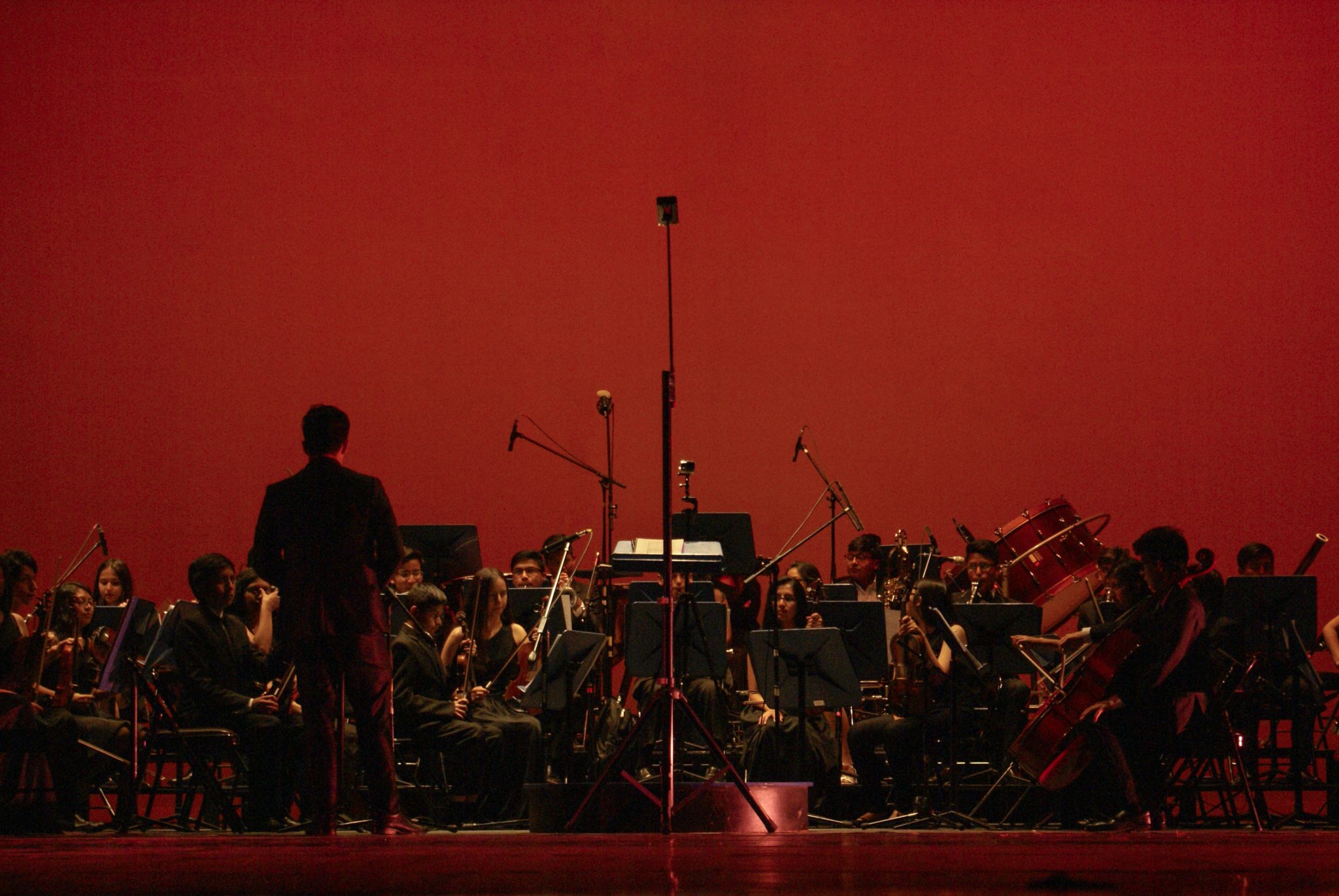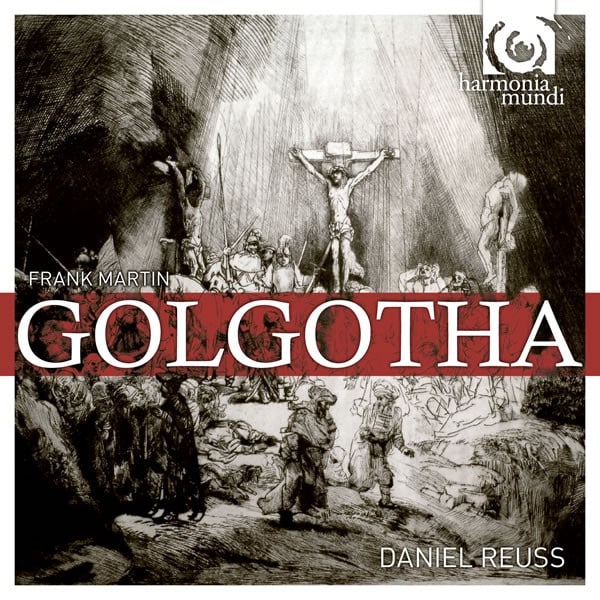
FRANK MARTIN Golgotha, oratorio (Geneva, 1949) Cappella Amsterdam, Estonian National S.O. & Philharmonic Chamber Choir, Daniel Reuss
It was Rembrandt’s engraving The Three Crosses (1653) that inspired Frank Martin to conceive his oratorio Golgotha, sweeping aside his reluctance to write music on religious themes. In daring to confront the shadow of the Bach Passions he had always admired, he composed between 1945 and 1958 his own vision of this timeless subject, meditative in spirit and devoid of all dogmatism. A supreme monument of the sacred repertoire.
It was Rembrandt’s engraving The Three Crosses (1653) that inspired Frank Martin to conceive his oratorio Golgotha, sweeping aside his reluctance to write music on religious themes. In daring to confront the shadow of the Bach Passions he had always admired, he composed between 1945 and 1958 his own vision of this timeless subject, meditative in spirit and devoid of all dogmatism. A supreme monument of the sacred repertoire.
Artists
- Judith GauthierSoprano
- Marianne Beate KiellandContralto
- Adrian ThompsonTenor
- Mattijs van de WoerdBaritone
- Konstantin WolffBass
- Estonian Philharmonic Chamber Choir
- Estonian National Symphony Orchestra
- Conductor
Composers
Contents
FRANK MARTIN [1890-1974]
Golgotha
· Première Partie
N°1. Chœur d'introduction. "Père ! Père !" (7'45)
· N°2. Les Rameaux (9'37)
· N°3. Le discours au temple. "Quand serai-je assez heureuse" (11'39)
· N°4. La Sainte Cène (5'32)
· N°5. Gethsémané. "Voici l'Agneau divin" (13'11)
Golgotha
· Seconde Partie
N°6. Méditation. "Que dirai-je ?" (8'43)
· N°7. Jésus devant le Sanhédrin. "Christ ! Divin Sauveur" (11'09)
· N°8. Jésus devant Pilate (8'22)
· N°9. Le Calvaire. "Ô mon Seigneur" (10'24)
· N°10. La Résurrection. "Ô mort" (8'00)


